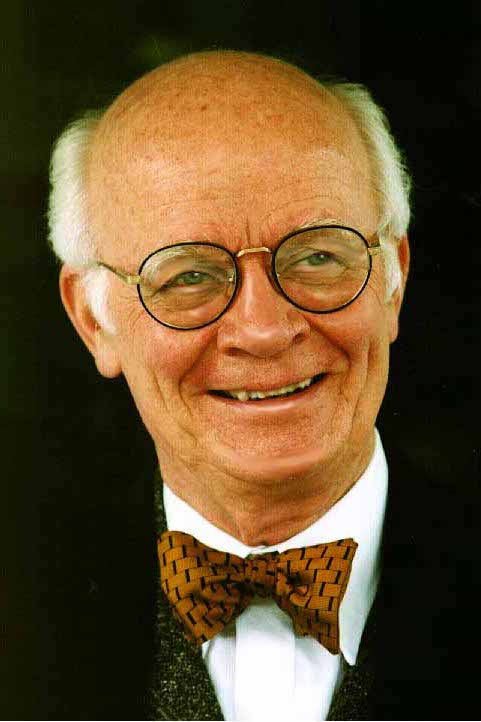Through the years Sightings has never commented on presidential campaigns, and the contest held this year is no exception. Today, self-liberated from the practice of opting-out, we can survey the comments on “public religion” in the campaign and election just past. We usually footnote these columns with reference to newspaper and internet coverage of the topic of the week.
This year we will list a few, but doing so is hardly necessary: by today your computer can come up with scores, if not hundreds of stories and editorials on the subject. Scan them and you will find rare unanimity on this kind of issue: the Religious Right, aka the Christian Right, aka the Evangelical-Catholic Right experienced losses on its key chosen issues enough to raise questions about its influence: has it been over-rated all along?
We’ve been through milder versions of this in the past. Every setback of these coalitions has elicited widespread comment about the “decline” or “end” of the political Religious Right. Yet it remains, and churches covered by the term Right tend to be stable or growing. Huge majorities of members from these voted for Governor Mitt Romney. Yet on the issues chosen by their leaders and advocated for — even to the point of law-breaking and taunts to the I.R.S. about overt electioneering — they won little.
The biggest losers were the Roman Catholic bishops, strongest advocates on sexual issues which did not attract their membership. (On Catholic social issues, bishops and members were more in line with church teaching, but most citizens don’t know or note or care that there is such a match.) The National Catholic Reporter, from the Catholic left, judged that among “the big losers . . . on Election Day 2012, the Catholic bishops are big losers.” The “nuns on the bus,” who are being chastised by Catholic officialdom, “on the other hand, were real winners in the Catholic world with their emphases on economic justice.”
On the Evangelical side, the losses were even more notable, as Laurie Goodstein chronicled them in a long New York Times cover story. The judgments on that page were not slanted by Times bias, because Ms. Goodstein simply quoted the evangelical notables. Lined up against President Obama and for Governor Romney, chiefly over the sex-and-marriage type issues were Billy Graham, whose organization paid for full-page ad after ad in the big papers, Ralph Reed, Albert Mohler, less-known Bob Vander Plante, and more — and more.
They expressed, variously, surprise, shock, numbness, disappointment, judgment, and anger. Mohler: “The entire moral landscape has changed. . . An increasingly secularized America understands our positions, and has rejected them.” That “secularized” America who voted against the Religious Right leadership included millions of evangelicals, most Catholics, mainline Protestants, significant numbers of black church members, and, yes, many non-churched citizens.
One hopes that the jarring might inspire some of the leaders to reexamine their positions, the ones they are sure are exclusively congruent with biblical teaching. Who knows where such reexamination might lead?
Meanwhile, reliable pollster-commentator Robert P. Jones, head of the Public Religion Research Institute, tied the jolting of the Religious Right to other elements in electoral change, some of them demographic. “This election signaled the last where a white Christian strategy is workable.” We’ll let the Right address that, and Sightings will wait and see when the present campaign (for 2016), which began “the morning after,” Wednesday, November 8 and new reappraisals appear.
Republished from Sightings with permission of the University of Chicago Divinity School.

The Fairfax M. Cone Distinguished Service Professor Emeritus at the University of Chicago, Dr. Martin E. Marty taught there for 35 years, chiefly in the Divinity School, where the Martin Marty Center for the Public Understanding of Religion was founded and to whose weekly column Sightings he contributed. Ordained a Lutheran pastor in 1952, he served from 1956-2013 as a columnist and senior editor at the Christian Century and authored more than 60 books including Righteous Empire, for which he won the National Book Award; the three-volume Modern American Religion; The One and the Many: America’s Search for the Common Good; The Mystery of the Child; Building Cultures of Trust; The Christian World: A Global History; Martin Luther (in the “Penguin Lives” series); and Dietrich Bonhoeffer’s Letters and Papers from Prison: A Biography.
